This is how the USSR sold cars to the West
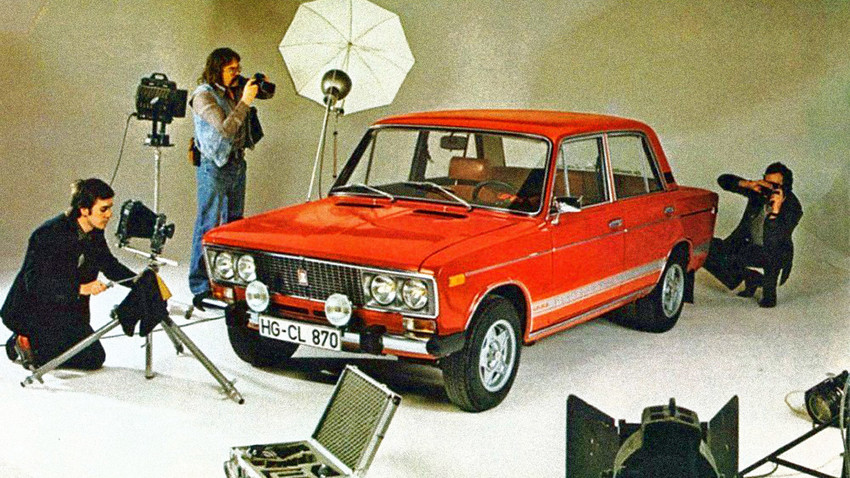
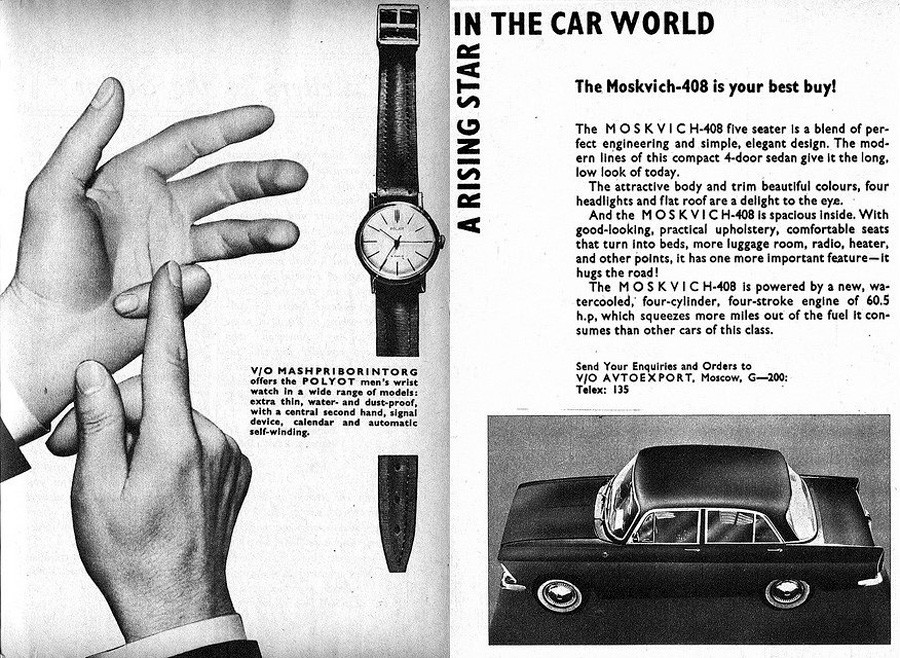
The USSR created a special body that was in charge of exporting cars, Avtoexport, in the late 1950s. From the early 1960s, one of the main items on the organization’s selling list was the Moskvich (Moscovite). The Moskvich-408 sold abroad well. Up to 55 percent of all those produced were exported. In Finland, it was the most popular car for a number of years in the 1960s.
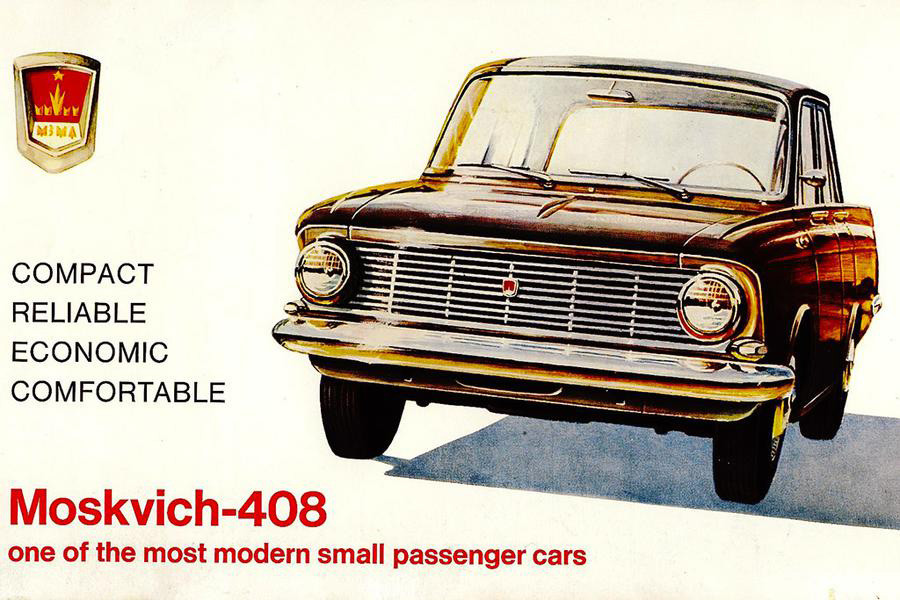
An important factor in the Moskvich-408’s popularity was the price: In
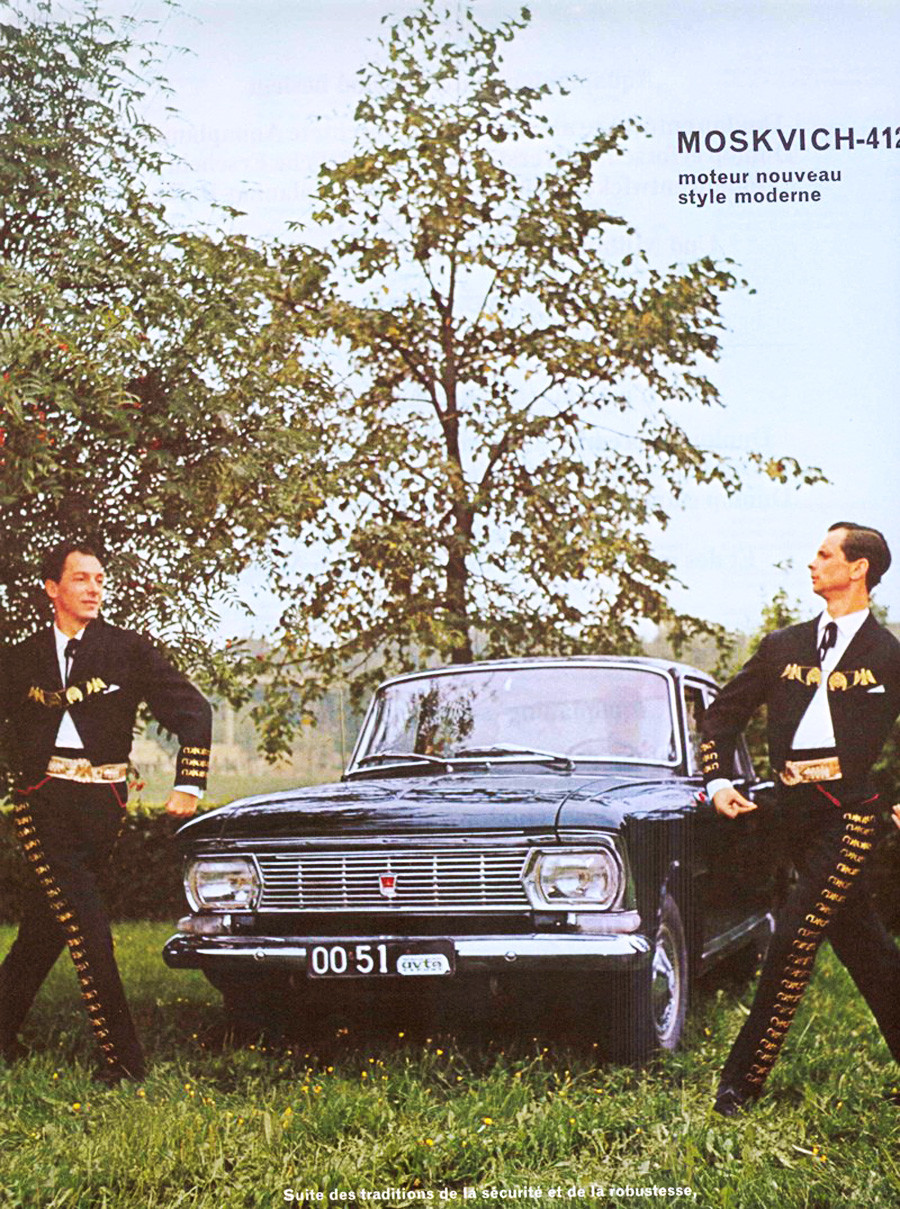
The Moskvich-412 was also pretty popular in the West. The Motor underlined its dynamism, but the magazine was much more skeptical about the car’s comfort and brakes.

The USSR started to export Ladas right after the new automobile factory was built - with the help of Fiat - in Tolyatti on the banks of Volga River in the early 1970s. In the most successful
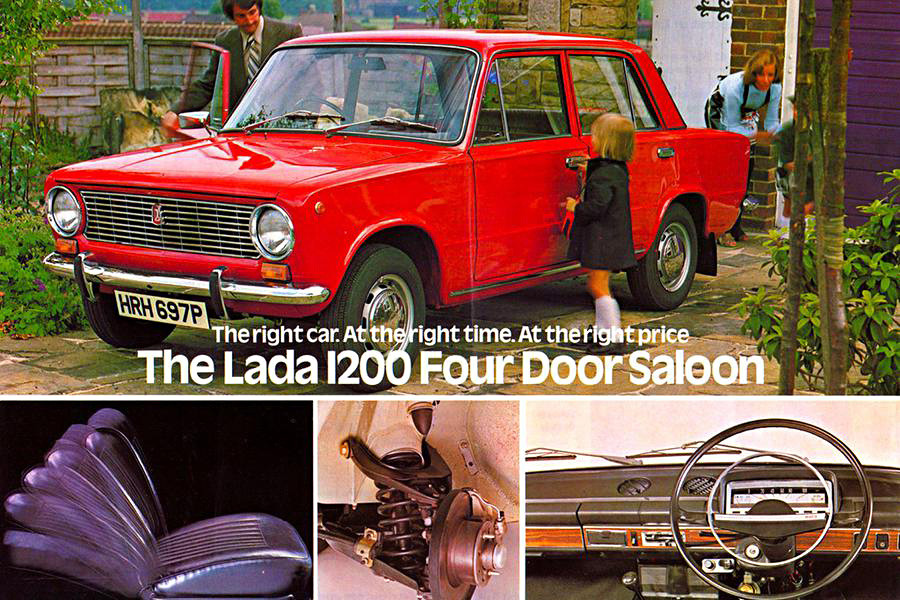
…as well as reliable family cars for a decent price, as was the case with this one targeting the UK market.
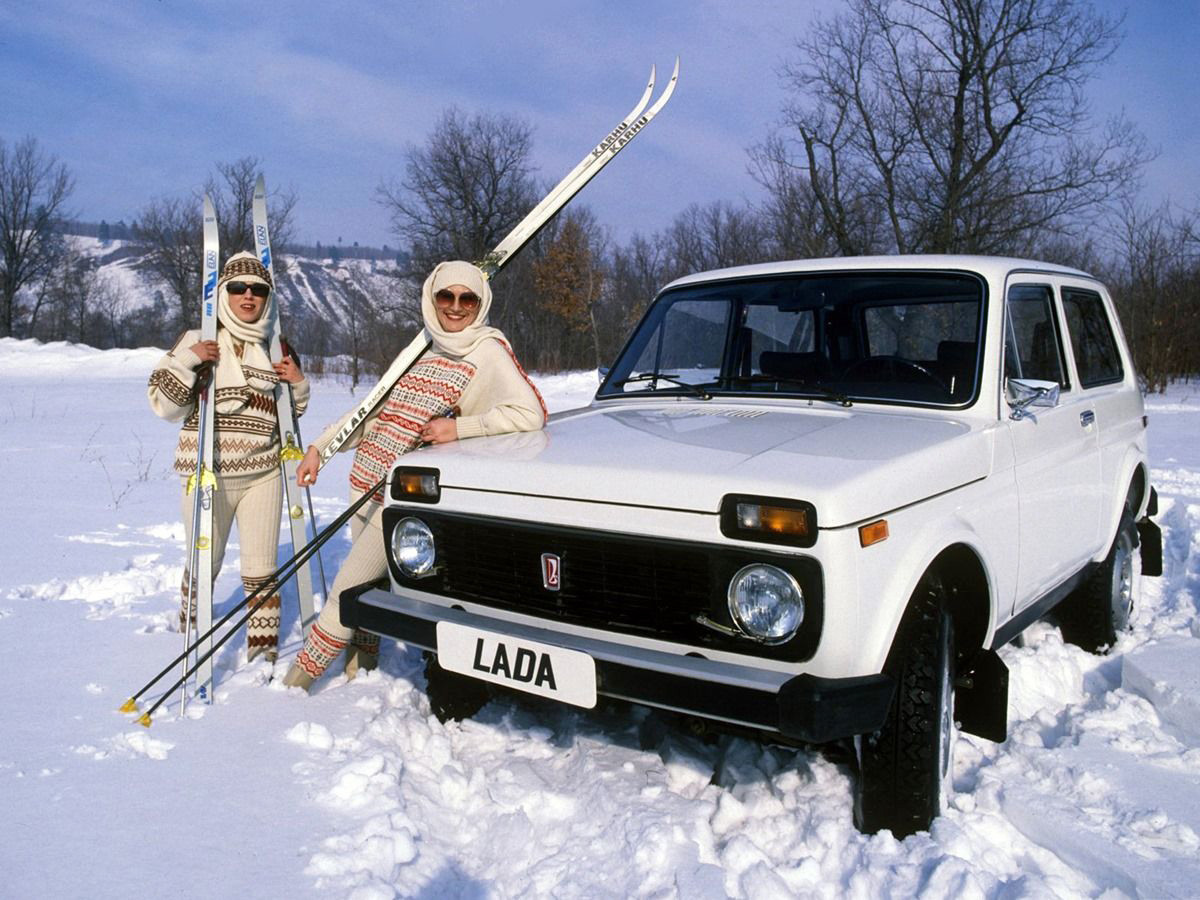
VAZ made special versions of its automobiles to fit niches in specific countries. The company sometimes opted for decreasing the engine’s power to avoid additional taxation. This was the case with its popular crossover - the Niva - that was equipped with a 1.3 L engine.

In some
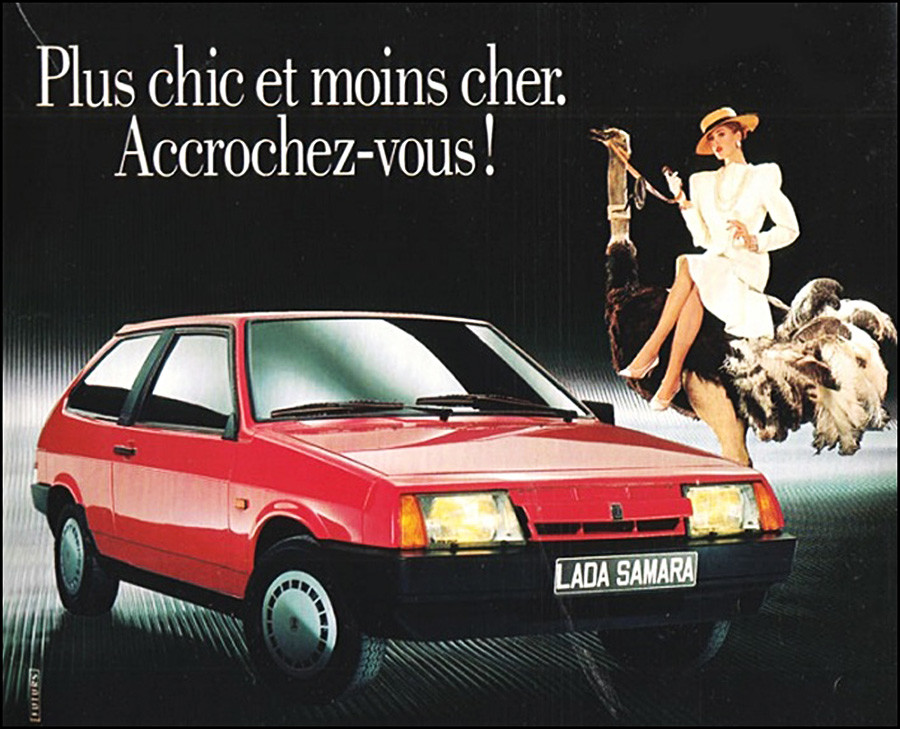
In the late 1980s, Lada Samara hit the Western markets. It was designed with the help of Porsche. The British Autocar magazine wrote that "The Lada is a stable and unfussed motorway cruiser.” The magazine also added though that “the fit and finish for the UK market can only be described as dismal.” That’s how Samara was advertised in France.
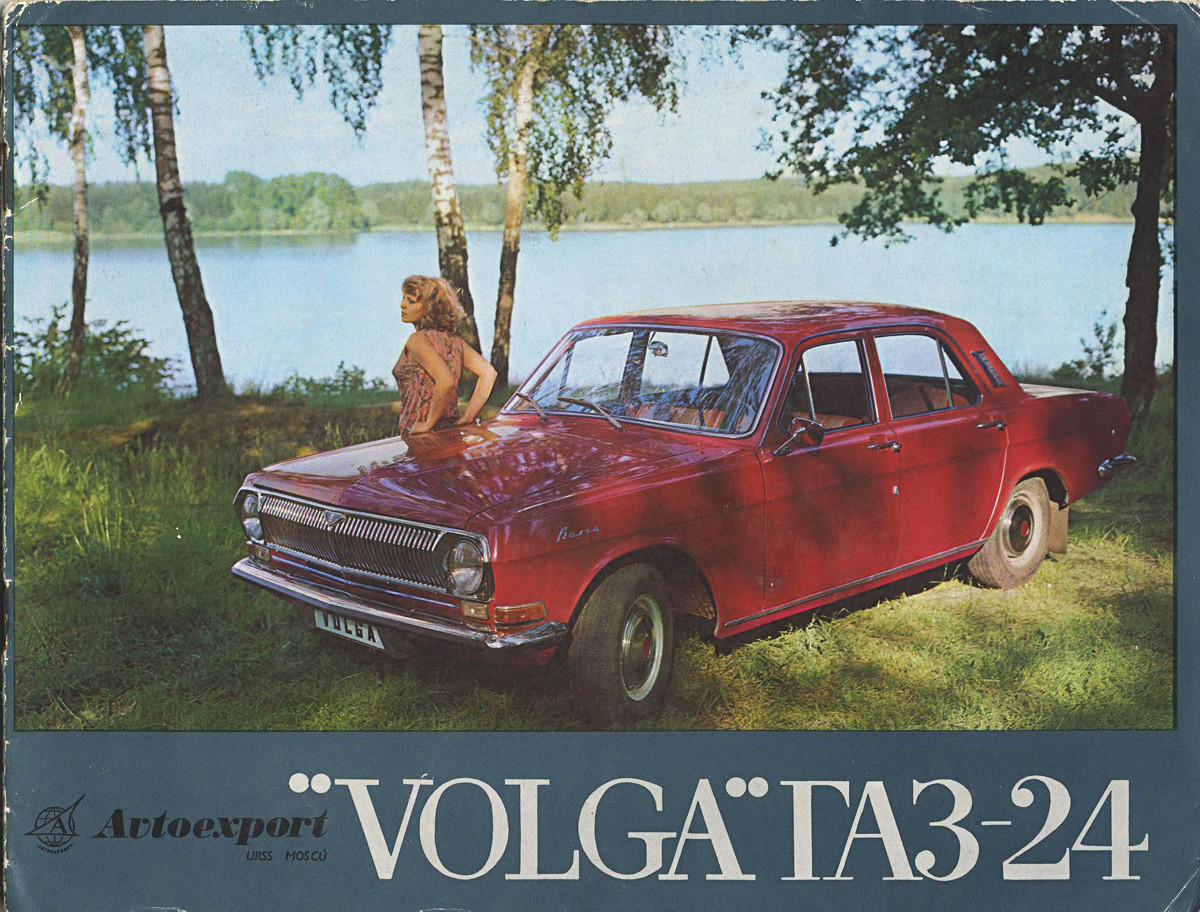
The Soviet Union didn’t only export cars that were produced by VAZ. Automobiles made at GAZ (Gorkovsky Avtomobilnyi Zavod, Gorky Automobile Plant) were also sent abroad. The main car of GAZ was the Volga - from the late 1960s until the mid-1980s it was the Volga GAZ-24. In the USSR it was a premium class car often used by bureaucrats.
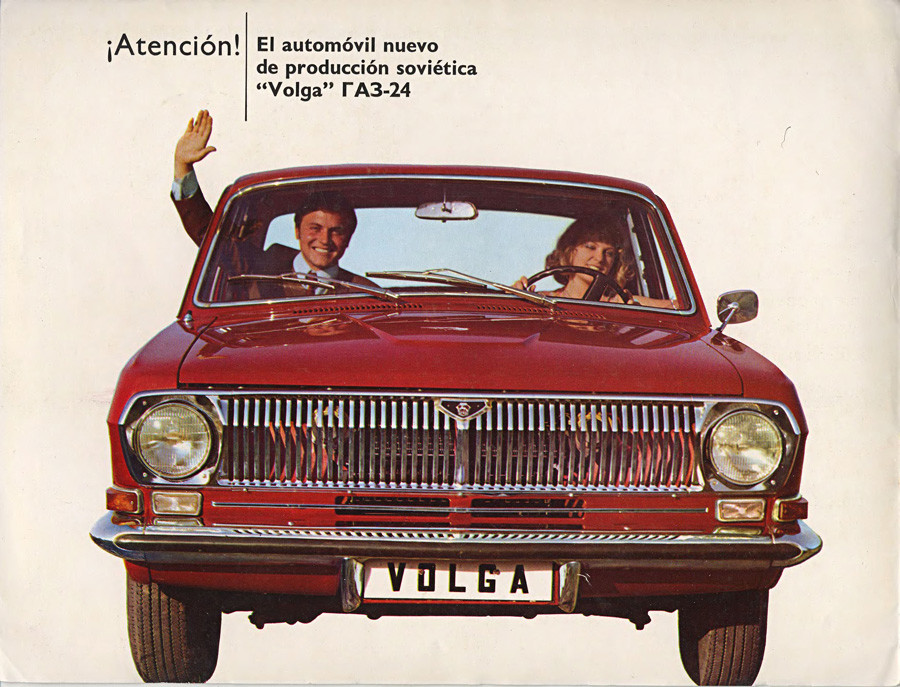
GAZ-24s were exported to Western European countries. Often they were given new diesel engines from Peugeot and were equipped with brakes from Rover. They say that there was not so much demand for this car in the West as was the case with VAZ automobiles.
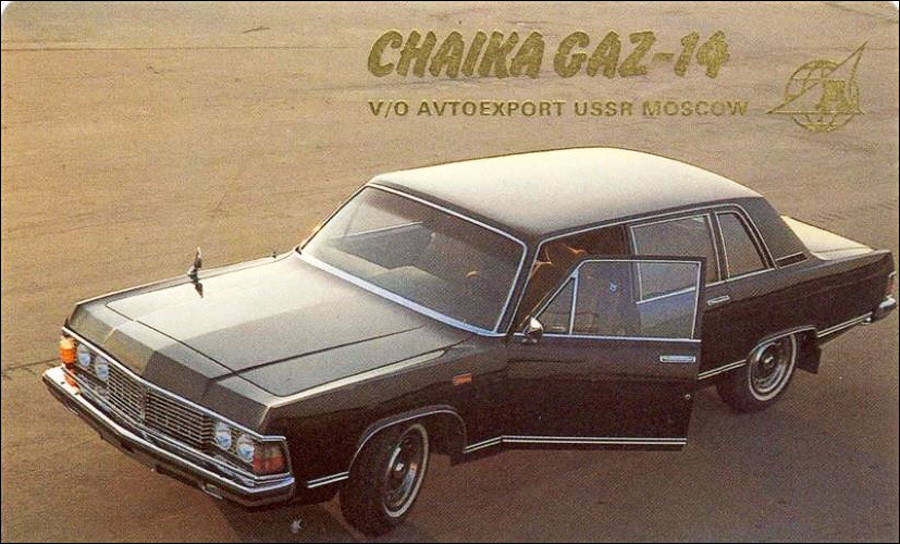
The USSR also exported real Soviet limos – the GAZ-14 Chaika (Gull). The mass production of this limo, which was intended for officials, started in 1977 on the 60th anniversary of the October Revolution. Ten years later, during perestroika, Soviet authorities halted the Chaika’s modernization project.
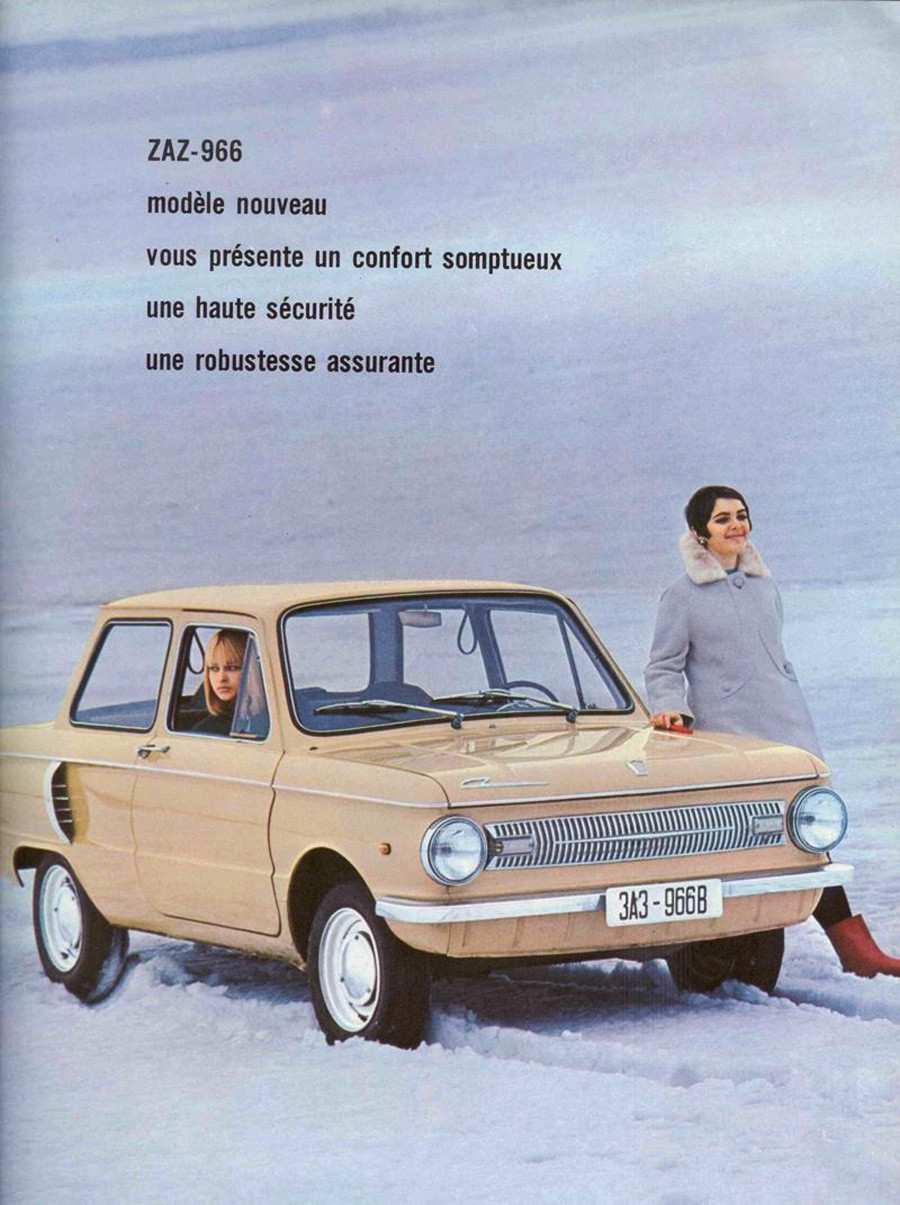
ZAZ-966 (Zaporozhets, from the Ukrainian region Zaporozhie) was a series of subcompact cars. It was dubbed “Zapo” in the Eastern bloc, in the USSR it was often referred to as “the one with ears” due to the form of its air intakes. In Western
Look here at the favorite rides of Russian leaders, from Nicholas II to Putin
If using any of Russia Beyond's content, partly or in full, always provide an active hyperlink to the original material.
Subscribe
to our newsletter!
Get the week's best stories straight to your inbox